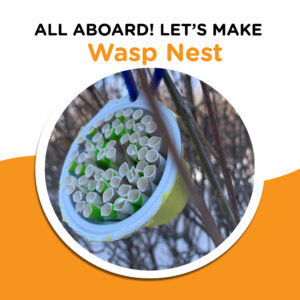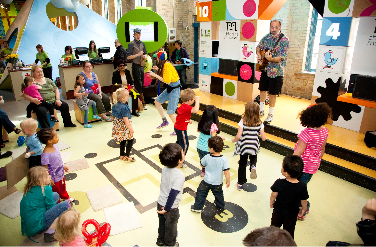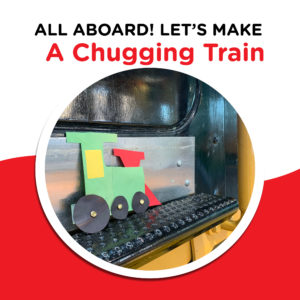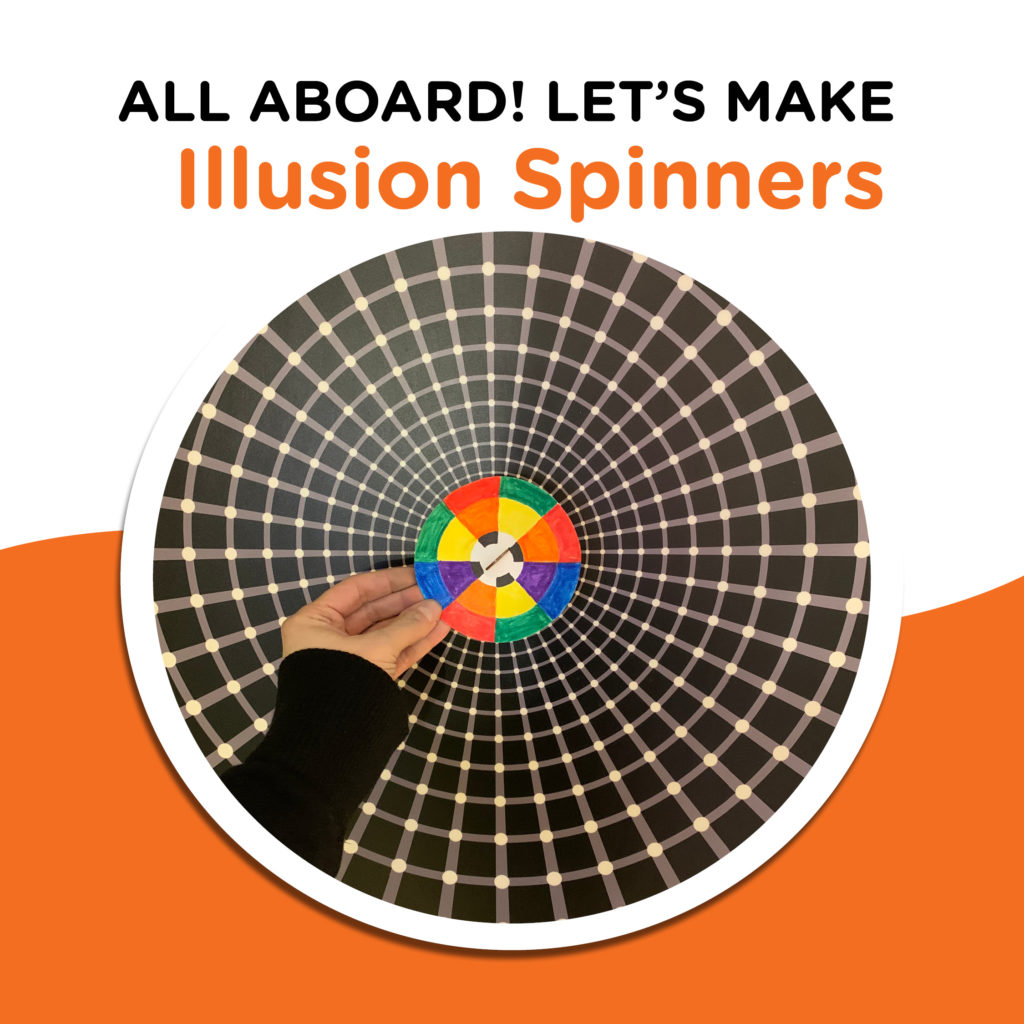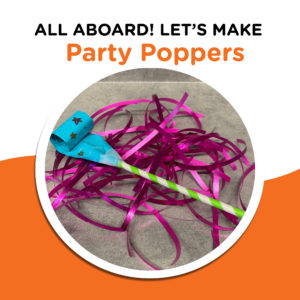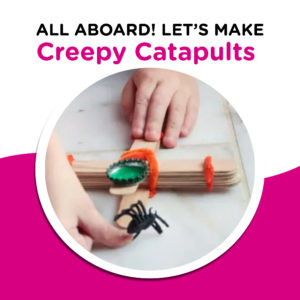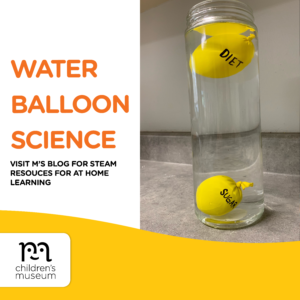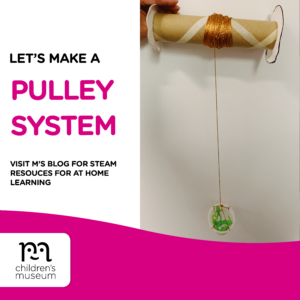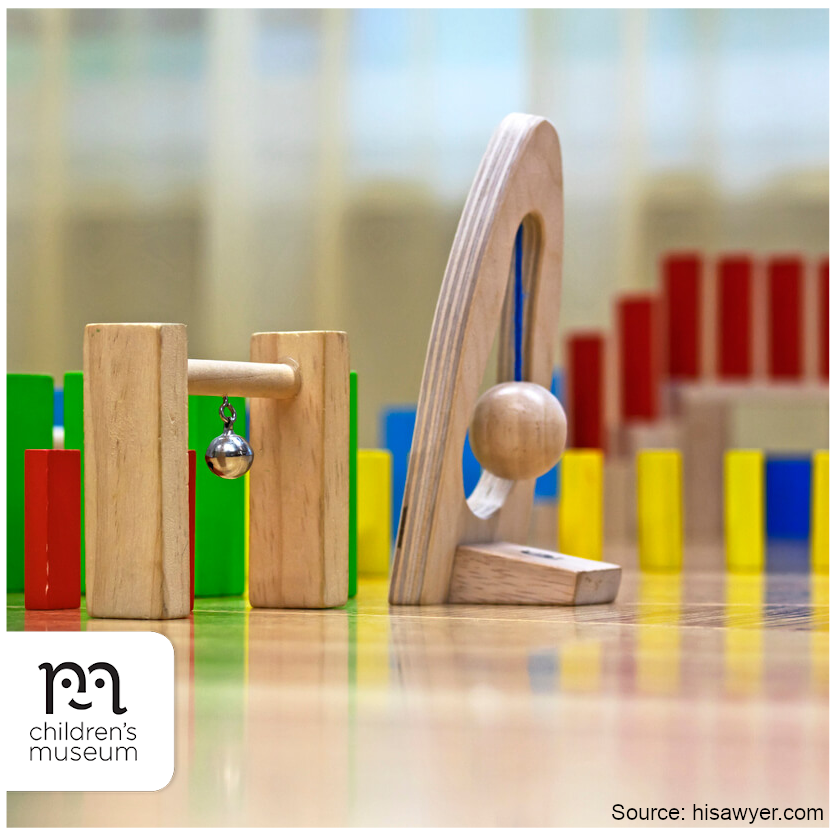ALL ABOARD: WE’RE GATHERING STEAM
This week’s area of focus is ENGINEERING. Let’s learn the fascinating engineering behind a wasp nest!
You’ll need:
- An empty container (we used a yogurt one)
- Straws
- Scissors
- Paper
- Paint
- Markers
- String/pipe cleaner
- Hole punch
Instructions
- Empty your container and rinse it out.
- Cover the container in paper and paint it or decorate it how you choose. Let it dry.
- Cut multiple straws (enough to fill your container) to the correct length to fit inside.
- Punch a hole through the container and hang a string/pipe cleaner.
- Now you have a mini wasp home!
The wasp nest starts in the spring with the queen building a petiole (a single stalk from which the nest hangs). Next, she builds a hexagon shaped cell and about six more surrounding it. The queen constructs each cell then lays an egg in it. Once the eggs hatch and the wasps grow, they take over the construction of the nest! They use chewed up bits of wood to build their nest, it’s quite an engineering construction.

